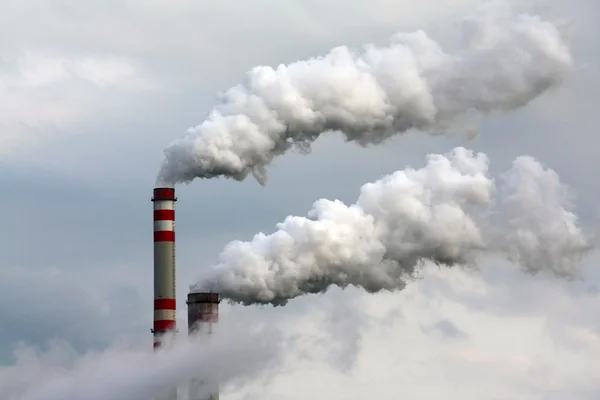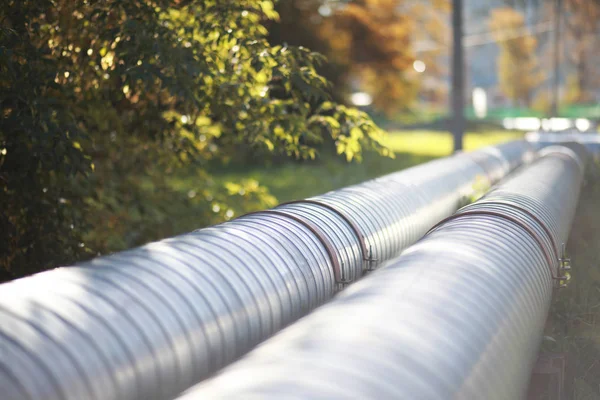Heat accounts for 40% of energy consumption in Europe. Nearly 70% of this is produced by fossil fuels, in particular gas, coal and fuel oil.
Yet 80% of this heat is for hot water and heating requiring100°C water. As well as reducing consumption, the two major low-carbon vectors for the transition are heat pumps and heat networks.
Calogena proposes to contribute to achieving the objectives of reducing greenhouse gas emissions in Europe, as defined in the Heat Roadmap Europe.








